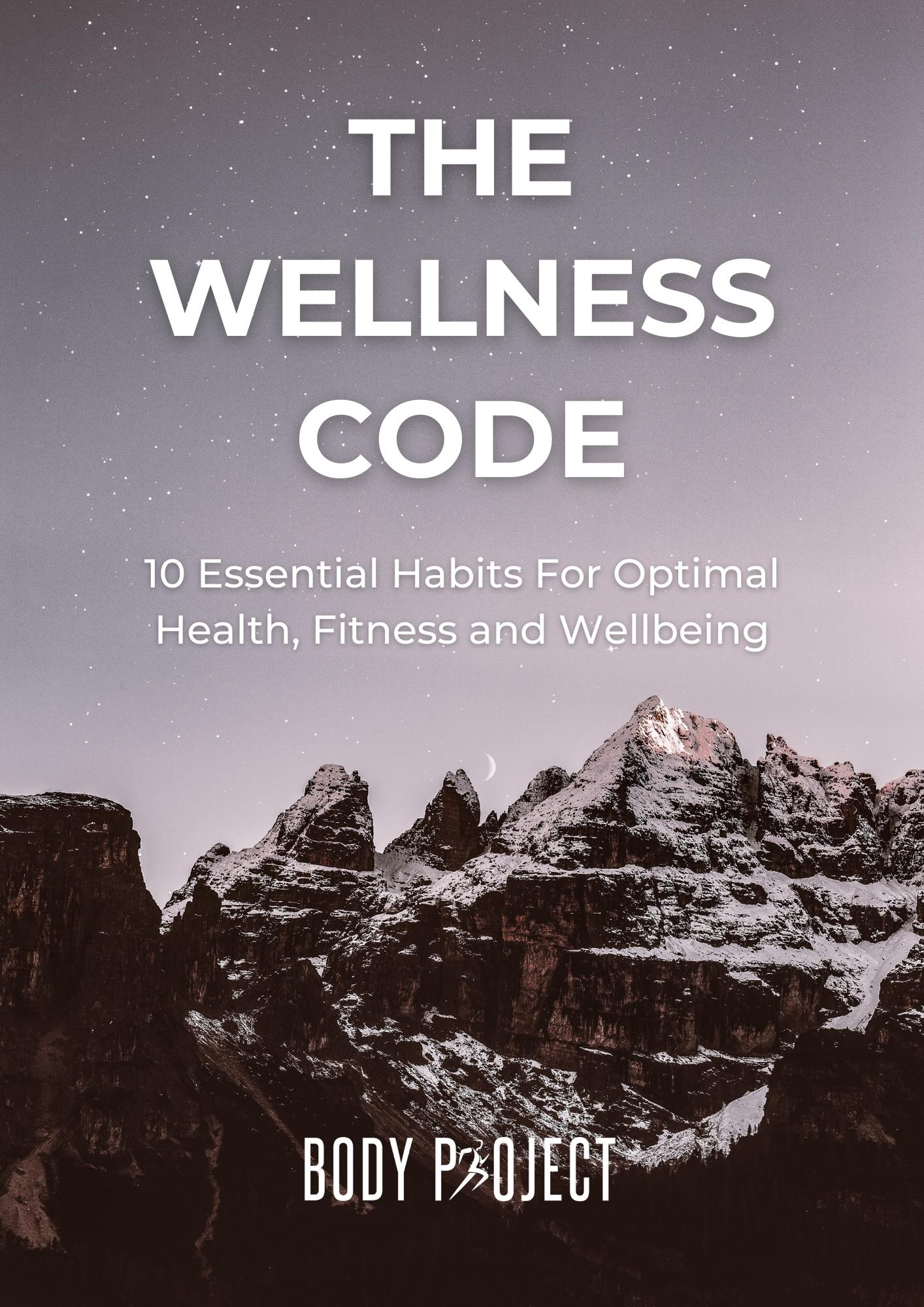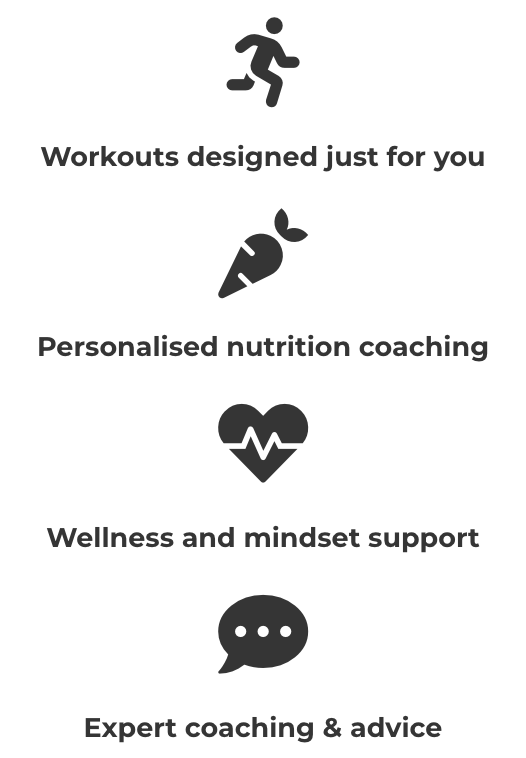Sign Up For Special Offers & Exclusive Content
Unlocking True Corporate Wellbeing: What Does Work-Life Balance Look Like Post-Pandemic??
In the corporate world, there's a growing awareness of the importance of employee wellbeing. Large organisations are now more willing than ever to invest in health initiatives, seeing them as not just beneficial but essential. However, a common misconception exists: the belief that wellness perks alone – such as gym memberships or health screening tests – equate to a genuine investment in employee health. Whilst these perks are commendable, they often go unused, not necessarily because employees aren't interested, but because they don't address the deeper, more nuanced challenges professionals face daily.
For over a decade, I've dedicated myself to diving deep into these challenges. My journey through fitness, nutrition, wellness, and life coaching, predominantly with professionals in corporate finance, has illuminated the true nature of how work life balance should look: connection, relationships, and culture. By viewing work as a vital component of a healthy lifestyle and acknowledging our shared humanity whilst respecting our differences, we can address both the traditional challenges of sedentary and stressful corporate lives and the emerging complexities of remote work.
How Does Post-Pandemic Work-Life Balance Affect Business Profits? The Financial Implication
Ignoring employee wellbeing has profound financial repercussions. The compelling data below showcases the consequences of imbalance, and you can read more in our related post on employee wellbeing.

- 185.6 million workdays lost in the UK in 2022 due to lifestyle-related sickness or injury.
- Presenteeism, a result of poor balance, claims 55 minutes of every lost productive hour.
- Poor mental health's annual cost, indicative of imbalances, reaches up to £56 billion to UK employers.
- Investments in work life balance, like £1 spent on mental health interventions, see returns of up to £5 due to reduced absenteeism, presenteeism, and staff turnover.. We expect to see increased ROI in this area with continued attention to mental health.
- Physically active employees lead to a return on investment of up to £34 for every £1 spent.
- The cost of replacing mid-tier positions can cost an organisation up to 20% of the said position's salary. For executive roles? An eye-watering 213%.
Is Work-Life Balance a Myth? The Challenges of Corporate Lifestyles
It's crucial to understand the challenges we face and set our expectations appropriately. Whilst educating and motivating employees to prioritise their health is invaluable, organisations must also be ready to offer flexibility. Though it may seem counterproductive at first glance, research consistently demonstrates that initiatives such as giving employees more control and flexibility over their working hours, allowing sickness leave for mental health, and curating healthy nutrition options with expert guidance can significantly reduce costs and enhance profits by boosting employee engagement, creativity, and productivity.
From musculoskeletal issues caused by prolonged sitting to the psychological stresses of the corporate world, professionals are at high risk for both physical and mental health complications:
- Musculoskeletal disorders from inactivity and RSI
- Mental strains leading to burnout and costly presenteeism
- Nutritional availability & choices impacting cognitive and physical performance
- Outdated workplace cultures alienating diverse groups
What Does Work-Life Balance Look Like After the Pandemic? A Comprehensive Approach to Wellness
The post-pandemic era is redefining work-life balance. With remote work and heightened health concerns, neglecting this balance has amplified financial consequences. Poor employee health can cost organisations significantly, emphasising the need for a renewed focus on genuine balance in the changing workplace landscape.
True work-life balance is multifaceted. Through bespoke, evidence-backed strategies, we strive to address these concerns:
- Holistic Health: A balance that includes physical health, nutrition, rest, posture, and ergonomics, crafting healthier daily routines.
- Mental Wellbeing: Education and cultural shifts facilitating equilibrium between professional demands and personal mental health.
- Inclusive Workplace Cultures: Balanced environments that cater to all demographics, with informed remote working practises. We specialise in facilitating and managing cultural change.
- Real Behavioural Change: Actively promoting a balanced lifestyle through 1:1 coaching, workshops, change management and bespoke consultation.

Beyond Surface-Level Investments: The Call for Connection and Culture
Whilst many organisations have taken steps forward, there's still a pivotal shift required – from viewing wellbeing as a checklist of perks to seeing it as an ecosystem of connection, relationships, and culture. It's not about merely offering solutions but about genuinely understanding the problems. It's about recognising that true wellness goes beyond the physical and ventures into the realms of mental health, community, and an inclusive environment.
National Work Life Balance Week offers a moment of reflection: Are we creating environments that foster true balance for our employees? The sustainability and future of business hinges on this difference.
Search Posts
Free Download
Popular Posts
Discover Online PT
Read More Helpful Articles
Subscribe For New Post Updates
Receive new posts, special offers, discounts, plus exclusive content that we only send out via email.
Don't miss out!







